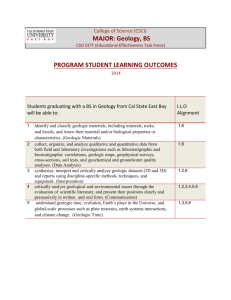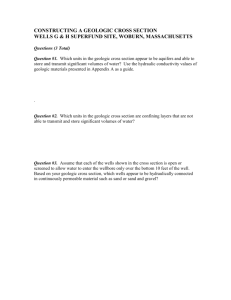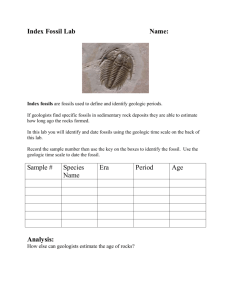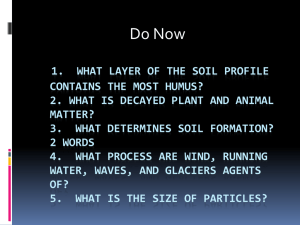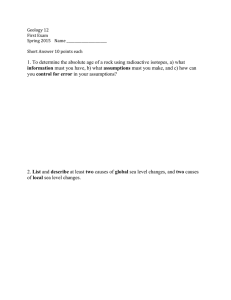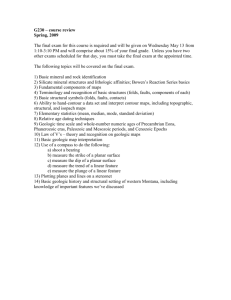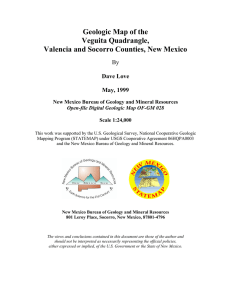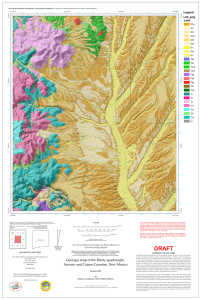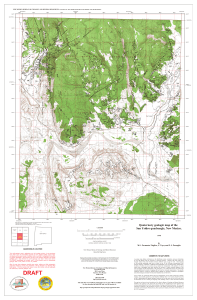Dan Koning talk for KUNM radio slot
advertisement
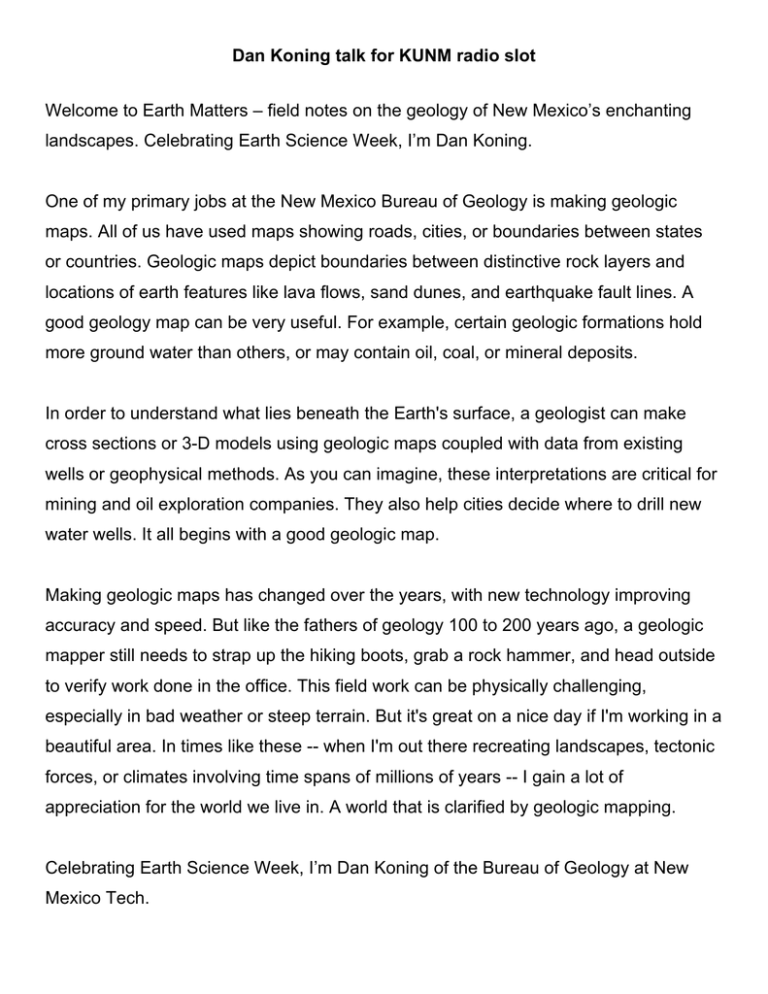
Dan Koning talk for KUNM radio slot Welcome to Earth Matters – field notes on the geology of New Mexico’s enchanting landscapes. Celebrating Earth Science Week, I’m Dan Koning. One of my primary jobs at the New Mexico Bureau of Geology is making geologic maps. All of us have used maps showing roads, cities, or boundaries between states or countries. Geologic maps depict boundaries between distinctive rock layers and locations of earth features like lava flows, sand dunes, and earthquake fault lines. A good geology map can be very useful. For example, certain geologic formations hold more ground water than others, or may contain oil, coal, or mineral deposits. In order to understand what lies beneath the Earth's surface, a geologist can make cross sections or 3-D models using geologic maps coupled with data from existing wells or geophysical methods. As you can imagine, these interpretations are critical for mining and oil exploration companies. They also help cities decide where to drill new water wells. It all begins with a good geologic map. Making geologic maps has changed over the years, with new technology improving accuracy and speed. But like the fathers of geology 100 to 200 years ago, a geologic mapper still needs to strap up the hiking boots, grab a rock hammer, and head outside to verify work done in the office. This field work can be physically challenging, especially in bad weather or steep terrain. But it's great on a nice day if I'm working in a beautiful area. In times like these -- when I'm out there recreating landscapes, tectonic forces, or climates involving time spans of millions of years -- I gain a lot of appreciation for the world we live in. A world that is clarified by geologic mapping. Celebrating Earth Science Week, I’m Dan Koning of the Bureau of Geology at New Mexico Tech.
